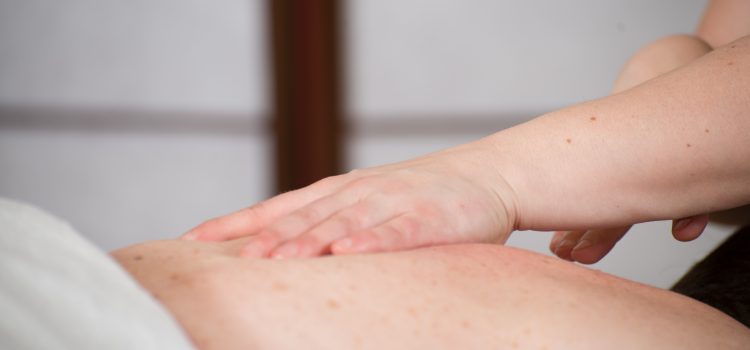
Swedish massage is a series of strokes applied to the muscles or joints to revive tired, out-of-shape or stiff muscles. It aims to maximize the body’s range of motion, improve blood circulation by moving blood towards the heart, improve lymphatic circulation and boost cellular nutrition and elimination. Swedish massage relieves tension and stimulates clients’ self-regulating functions by drawing on their self-healing power.
Jump to section:
History
Despite its name, this basic and highly popular technique is not from Sweden, and contrary to popular belief, Dr. Pehr Heinrick Ling (1776-1839) did not invent it. Nevertheless, he deserves credit for introducing gymnastics to Sweden in 1804 and creating the Swedish system of gymnastics. The true father of “Swedish” massage is Johan George Mezger (1838-1909), a Dutch physician who decided to give French names – effleurage, pétrissage, tapotement, etc. – to the technique’s typical strokes, which Ling himself never used in his gymnastic approach.
Applications and Effects
The main purpose of Swedish massage is to correct muscle issues. There are nine recognized strokes in Swedish massage:
- Light or deep effleurage (for fluids) and stretching (specifically for the muscles)
- Foulage
- Drainage
- Petrissage
- Friction
- Percussion
- Vibration
- Shaking
- Joint work
The general rule is to always move blood towards the heart, or in a clockwise direction, using centripetal force. The warmth of the hands dilates the blood vessels and increases blood flow.
Anyone who receives a Swedish massage must have good muscle function. In cases of poor muscle function, massage therapists work on a stiff or toxin-filled muscle instead. Rather than working on the injured muscle directly, they focus on the antagonist muscle for a gentler approach.
Swedish massage therapists first focus on the muscles and then on everything that surrounds them: the aponeuroses, nervous system, bones, lymphatic system and body fluids. If a joint is painful, they massage the muscle attachments, tendons or ligaments.
Swedish massage works primarily at the level of the musculoskeletal (muscles and joints) and fluid (blood and lymph) systems. The massage has a relaxing and regenerating effect on individuals with a healthy lifestyle, and clients can resume their normal activities immediately. For anyone who is very stressed, the massage may result in a period of drowsiness. It should be noted that Swedish massage may be less effective if the client has had too much to eat or drink beforehand.
Swedish massage rids the muscles of toxins by draining them. It can also help regulate intestinal peristalsis and muscle tension in the back and abdomen.
Indications and Contraindications
Swedish massage is ideal for anyone concerned with physical strength or muscle tone and can help to physically correct muscle issues.
It is also suitable for sedentary people, as it tones the muscles and prevents blood stagnation, and for athletes, since it helps sore muscles recover more quickly. It relaxes individuals who are anxious or stressed by regenerating their nervous system and improving their sleep quality.
Swedish massage does not claim to cure disease; at the very most, it will help afflicted individuals relax. It is not helpful for congenital problems, but it can be used alongside another bodily approach to treat postural issues.
There are several contraindications to Swedish massage, some of which are absolute. These include fever (+ 37.5°C), infectious or contagious diseases, hemophilia and a history of heart disease.
When in doubt, it is important to seek your doctor’s approval before having a massage.
Conduct of a Session
Swedish massage therapists are known for their ability to follow breathing, the regular pressure of their hands against the body, the flow of the massage and their ability to envelop the body.
During a Swedish massage session, the massage therapist uses oil for smoother movements. The client can keep their undergarments on and the therapist works with sheets and towels. The massage is performed on a regular massage table in a healthy and comfortable environment.
Swedish massage therapists’ movements are generally energetic and deliberate. Nevertheless, it should be noted that Swedish massage is a curve, meaning that the beginning and end of the massage are gentle. It is a dynamic and directive approach.
The massage usually ends with a rest period that can vary in length. During this time, the client will experience the benefits of the energetic strokes of Swedish massage.
As a rule, Swedish massage can either be highly standardized or highly personalized. Since many bodily approaches are based on Swedish massage, it is often transformed or adapted to the personal practice of the massage therapist.

